With so much conflicting information out there about eco-friendly home design and architects with various approaches pitching for your business, knowing what direction to take and who to trust can be hard.
You want to live in a healthy home that is also energy efficient - but it needs to make sense for your family, your property, and the design constraints. Striking a balance between science and design isn’t exactly a black-and-white formula.
We find too many architects focusing heavily on the science and technology side. We feel design should not take a back seat.
In this article, you’ll learn why our passive home experts believe design is more important than science. At the same time, we feel your architect needs a solid understanding of the science to get the design right in sustainable housing.
“At RDA, we deeply understand the science, but the important aspect is that the science doesn’t overshadow the design of our eco houses. Design is more important than science, but it’s important that they are in unison and working in parallel.”
- Richard Dudzicki, Principal Architect & Director of RDA Architects
In this blog, we will cover:
- The Role of Science in an Eco-Friendly Home.
- The Role of Design in an Eco-Friendly Home.
- Why Design is More Important Than Science.
- Combining Design & Science for the Best Results.
The Role of Science in an Eco-friendly Home Design
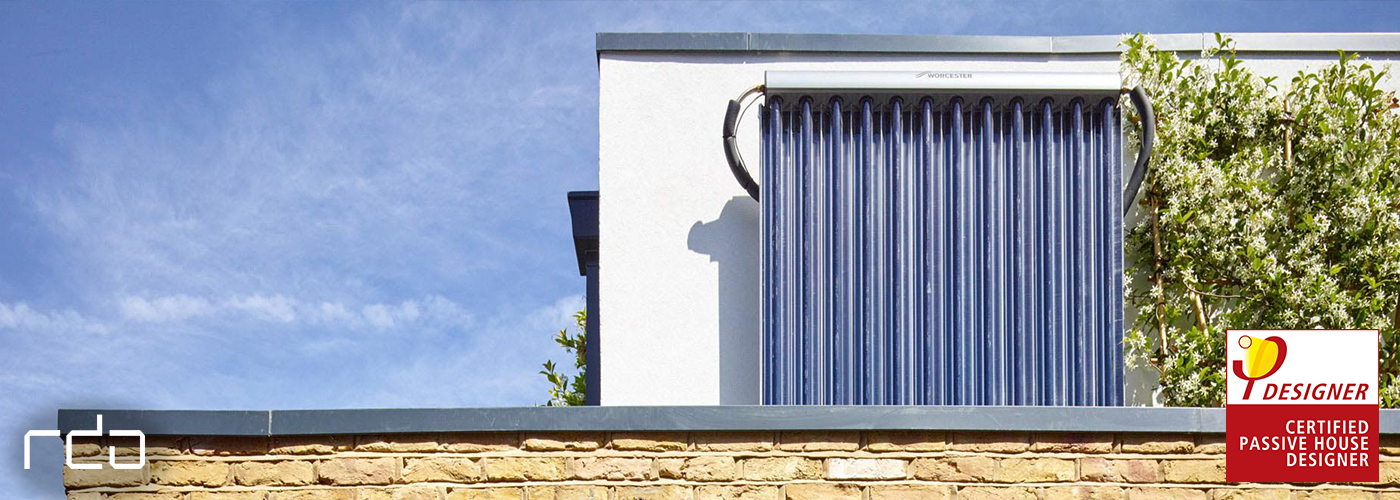
A comprehensive understanding of the science is absolutely crucial for creating an eco house.
Science examines the impact of your home’s energy use on the environment and gives you guiding principles. You need science for good eco home design.
For example, incorporating solar panels or wind turbines into your home can reduce your carbon footprint. You need to understand how they work and what kind of power they put out in order to make them a worthwhile investment.
We use science to build an eco house in many ways – from using energy-efficient appliances and fixtures to installing insulation and triple-glazed windows.
We use what we consider to be the best set of science-based design principles: Passivhaus.
Using Science-backed Passivhaus Principles in Eco Home Design
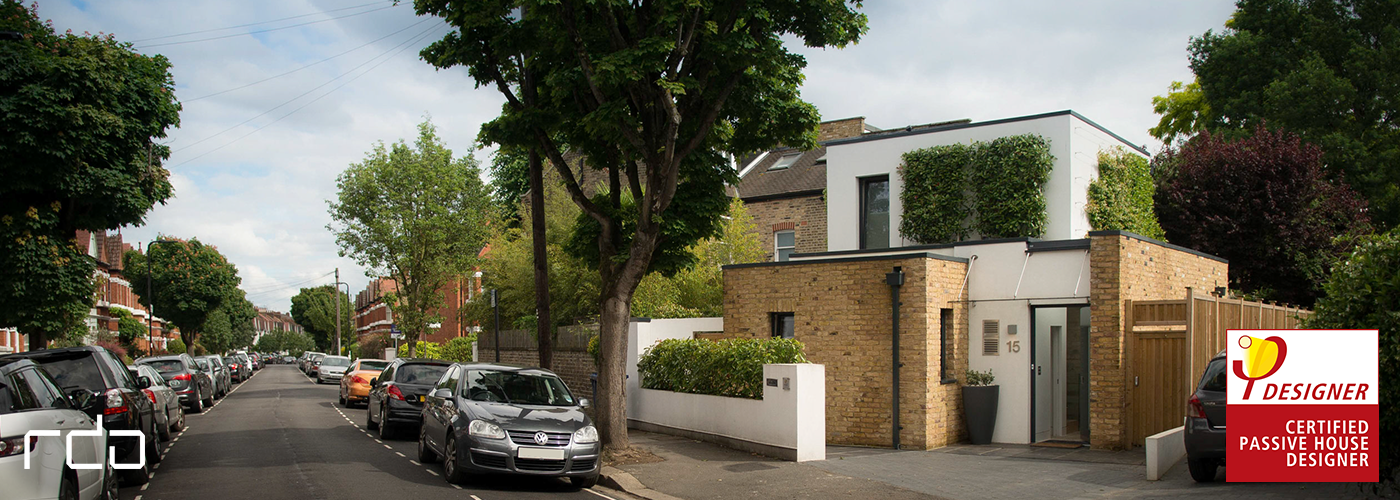
Passivhaus is a rigorous scientific standard for any eco home we use here at RDA, resulting in ultra-low energy usage and comfortable living spaces. The Passivhaus principles are:
List of Services
-
High Performing InsulationItem Link List Item 1
Professionally fitted to retain heat within yyour home.
-
Triple Glazed WindowsItem Link List Item 2
Keeping sound out and heat in.
-
Exceptional Levels of Air-tightnessItem Link List Item 3
Creating a comfortable easier to control.
-
Good Air QualityItem Link List Item 4
Delivered through reliable and low-energy mechanical ventilation with a heat recovery system.
-
Limited Thermal BridgingItem Link
Detailing the building envelope to aviod cold spots in your home.
-
Optimal Solar GainsItem Link
Utilizing the buildings orientation and window positioning to use sunlight to heat your home in the winter while creating shade in the summer.
-
Beneficial Form FactorItem Link
Designing to reduce the ratio between internal volume and surfce area to prevent heat loss.
-
Renewable Energy GenerationItem Link
Using sustainable and renewable energy generation to reduce bills and enviromental impact
To learn more about passivhaus visit our 'What is Passivhaus?' page.
The Role of Design in an Eco-Friendly Home
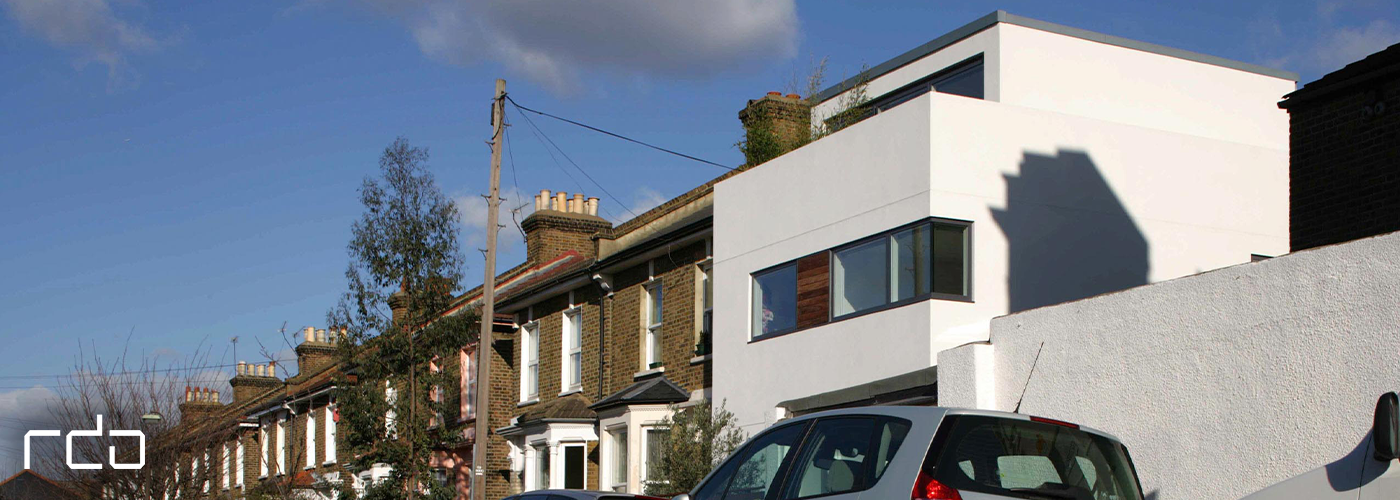
When you think of a sustainable home, you might think of a very minimalist house that lacks personality. But this no longer has to be the case. Not with an architect who has a solid understanding of both science and design principles.
You see, if a scientist designed a home, you might as well be living in a space station. You need an architect who knows good design and uses good science to guide that design.
For example, consider the harmony of science and design in a mug and a glass. They both use science to keep liquids either warm or cool.
But if the mug didn’t have a comfortable handle and pretty pattern and the glass didn’t look beautifully made and feel pleasant to hold, you wouldn’t enjoy the drinking experience as much.
While it’s vital to look at the science and functionality of what you’re trying to achieve with sustainability, you still need that design story to take over, providing the right aesthetic and functionality to make living in your home an absolute joy.
“When you look at the certified Passivhauses, many are mundane and boring.
That’s why design needs to be a priority.”
- Richard Dudzicki
When Science & Design Goes Wrong…
Unfortunately, many architects will get super into the “techie” side of things. They might add a token solar panel here, a Tesla storage battery there, and install triple-glazed windows.
The architect hasn’t thought about air tightness or using sustainable materials to improve healthy living standards. They haven’t thought about using the design to enhance the technology they are incorporating. They just slap the technology on top of a design and check off their boxes.
This is a form of green washing.
Here’s an extreme example: there’s a skyscraper in London called Strata. At the top, it looks like a razor clam with three massive wind generators sitting inside.
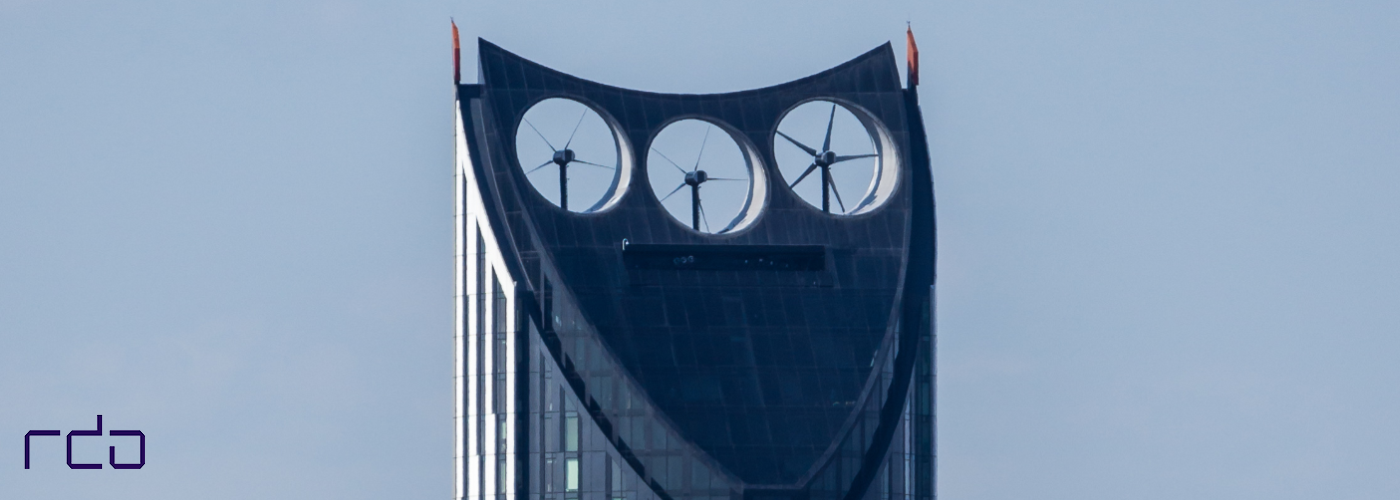
Strata Building
After about six months, they realised the wind turbines were killing the birds, causing noise pollution, and not even generating the power they needed. This serious case of greenwashing is a classic case of token science taking over the design.
“Most architects will look at this at RIBA stage four or five and try to give you sustainability options once it’s designed. The sustainability options become tokens, and you will never get the results. It’s like me taking my jumper off and putting another thicker woolly jumper on, but my bones are still the same.”
- Richard Dudzicki
Combining Design & Science for Best Results
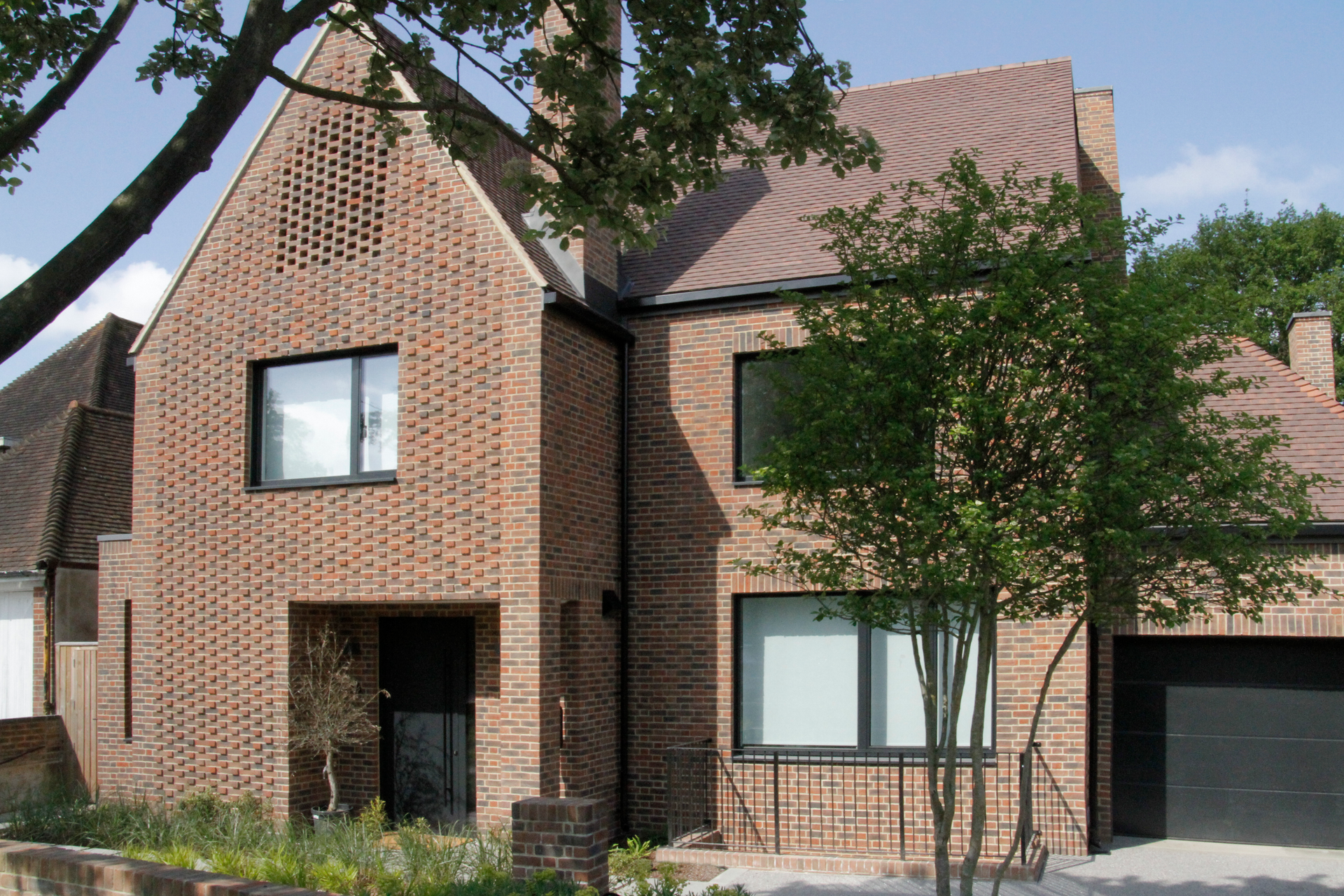
Science and design play complementary roles in creating an environmentally friendly house.
Science provides the data needed to make informed decisions, while the design is responsible for incorporating this knowledge into a functional, aesthetically pleasing, and sustainable living space.
Science tells us what materials, appliances, and methods will lower your home’s carbon footprint, such as insulation, window orientation, and heating or cooling appliances.
On the other hand, design can ensure that you integrate those eco-friendly features into the home’s overall design in a way that fits your needs and brings pleasure.
For example, we can use natural light to create a bright, airy living space while using that light to reduce the need for artificial lighting.
Ultimately, the relationship between science and design is crucial in creating an eco-friendly home that is both sustainable and livable.
“Most architects won’t do all the scientific analysis in their initial concept because it’s too time-consuming, and they don’t have the skills. They haven’t done Passivhaus courses and don't have the skills to build Passivhauss. We understand the science, but we also know how to ensure it works in harmony with the design.”
- Richard Dudzicki
Our Philosophy is Always, “Design First, Science Second”

“I don’t want the science of an environmentally friendly house to take over the beauty of the building because I think that is what gets to one’s heart in a space. That’s what’s really important with architectural design.”
- Richard Dudzicki
At RDA Architects, we take a strict design first, science second approach to eco-home design. We prioritise the experience of the people who will live in your home, ensuring that the final design is functional, comfortable, and meets your needs.
Our design-first approach to sustainable homes also allows for a more nuanced exploration of different eco-friendly materials, appliances, and architectural designs that better suit your vision, tastes, and aesthetic preferences.
With the UK government recently dropping the 20% VAT on several green goods that make homes more energy-efficient, there’s never been a better time to join the eco house movement, cut costs, and live in a beautiful, comfortable, and sustainable home.
We’d love to be a part of that journey. So, if you’re interested in Passivhaus design and would like to learn more about our sustainable residential architecture and interior design services, please get in touch.
Recent Blogs
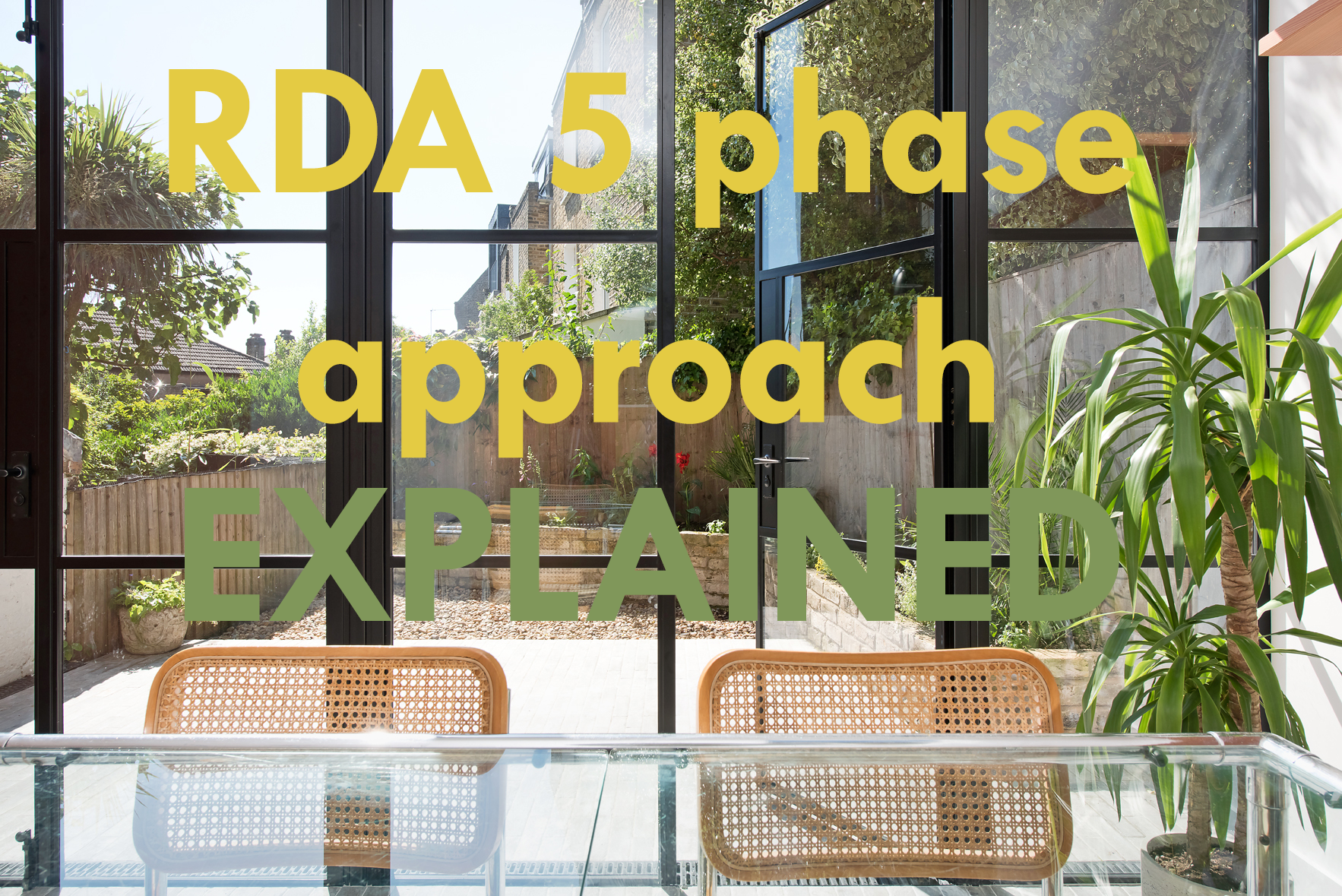
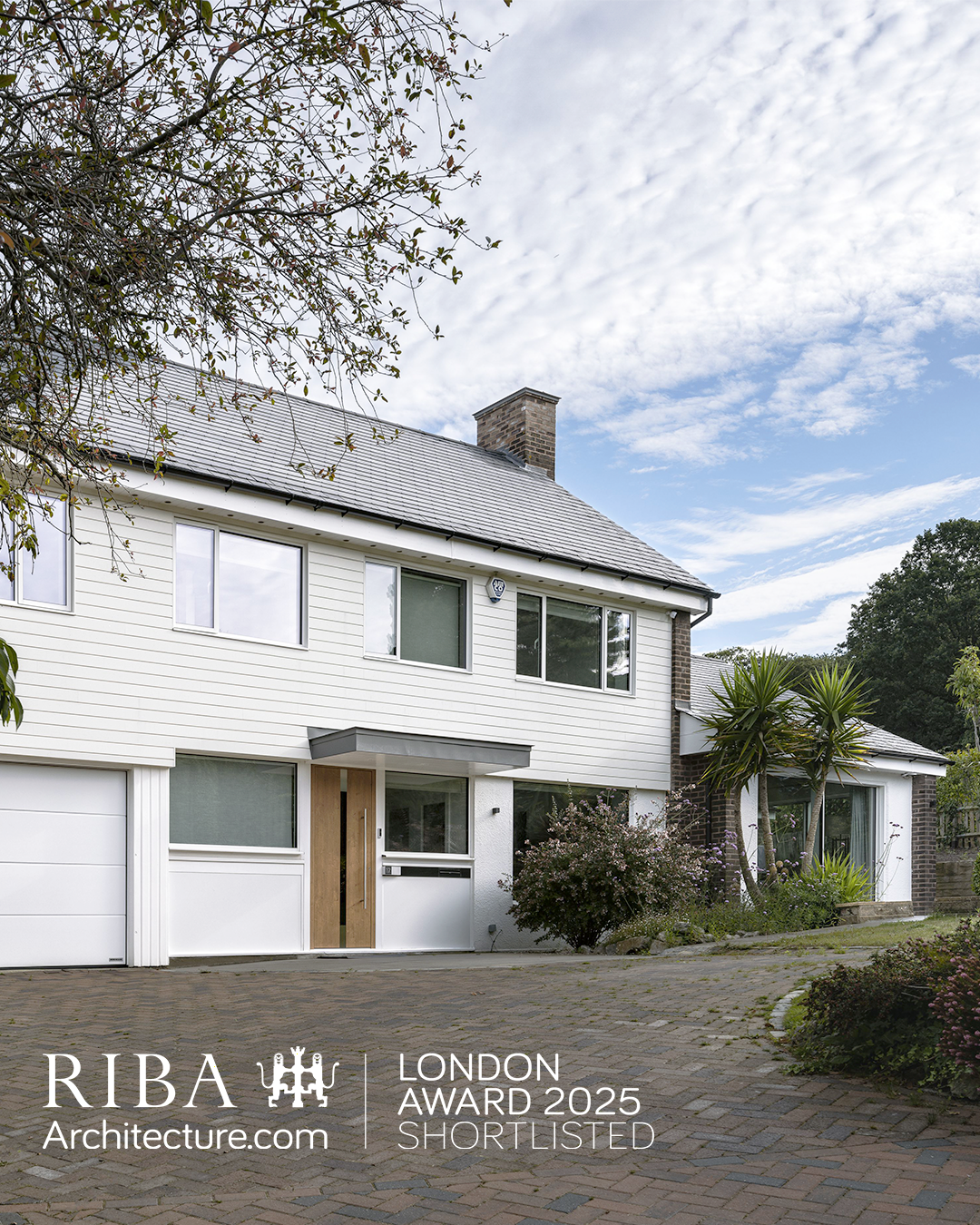
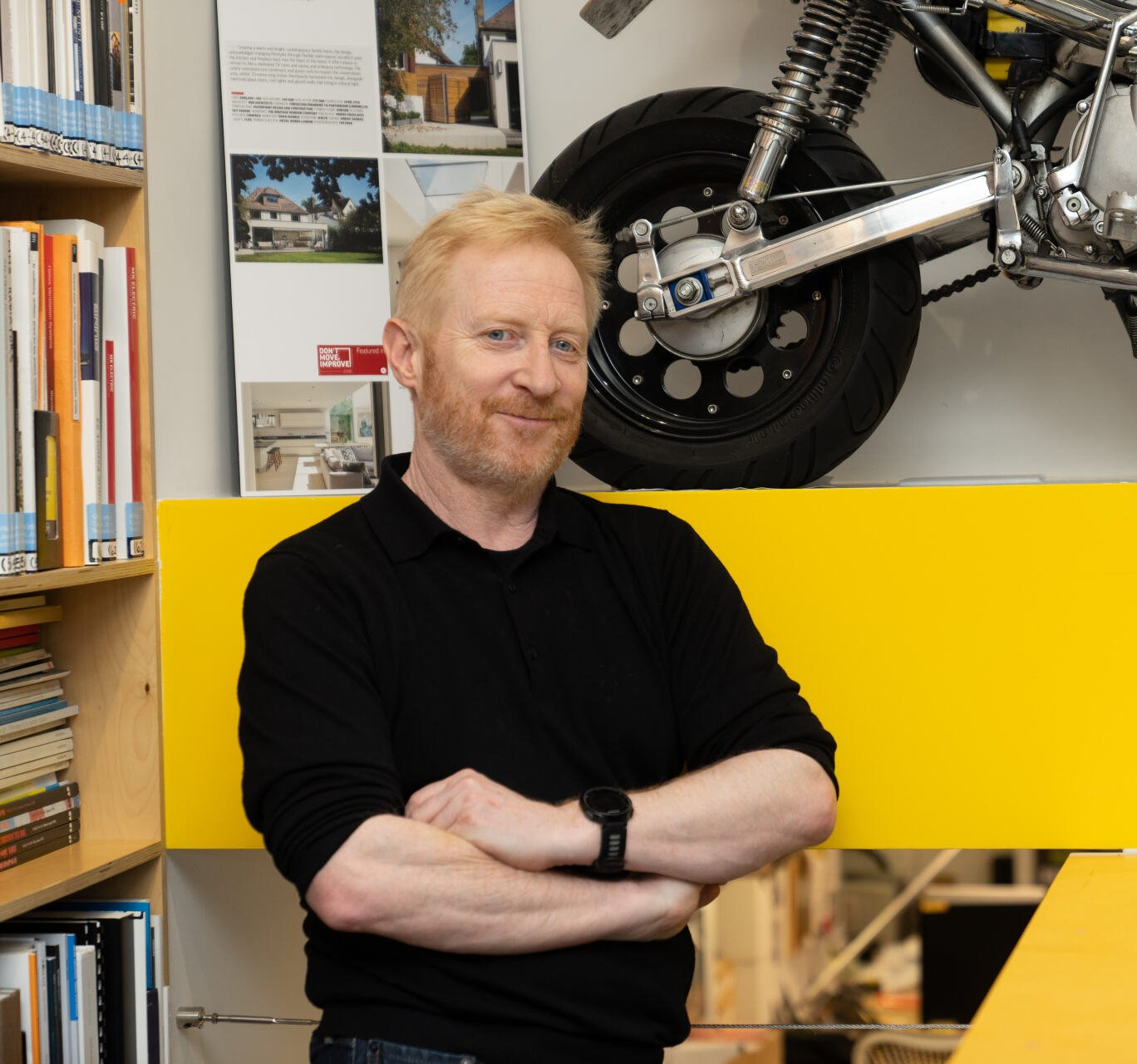



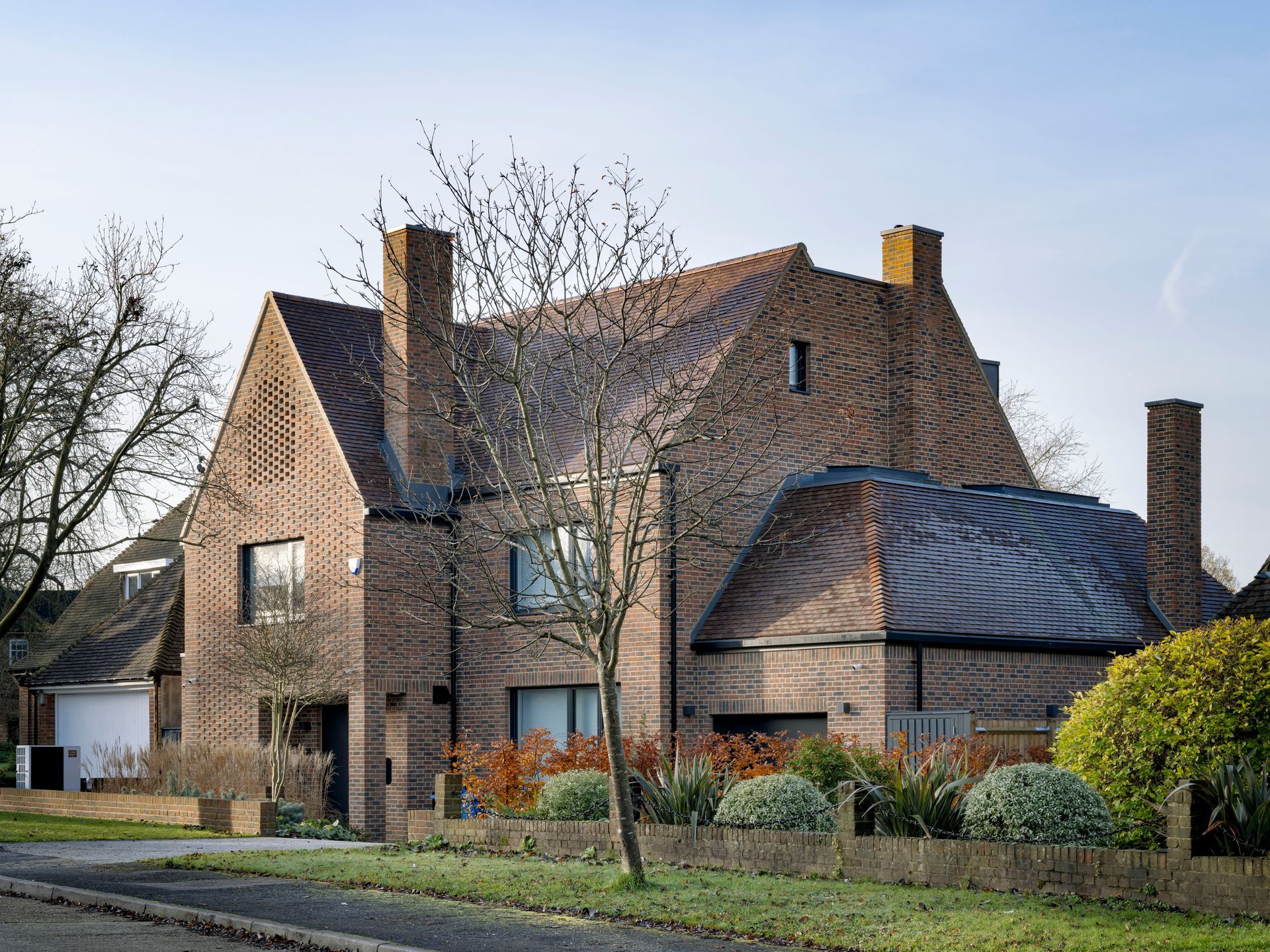
Recent Blogs



All Rights Reserved | RDA

